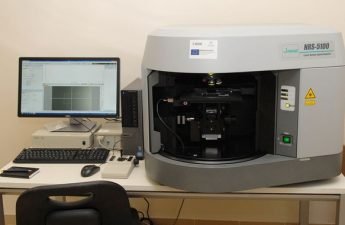Semiconductor or diode lasers are the most used nowadays. The operation and materials used in this type of laser are shown in this post.
Category: Electronics
Laser types (Part 1, gas lasers)
This is the first post of laser types series. Toady’s subject is the operation of the main gas lasers, which were created in the 1960s.
How does the laser work?
This is the first of a series of posts related to lasers. This post’s topic is about the principle of laser operation.
What is Raman spectroscopy?
Today’s subject is Raman spectroscopy. A very used technique in physics, chemistry, and biology to analyze materials’ molecular structure.
Carbon-14 for dating (Part 2)
In this part, are explained the methods to measure the quantity of carbon-14 in organic material, allowing to determine a fossil’s age.
3D printer: How it works?
The 3D printer is revolutionizing object manufacturing. It’s an additive manufacturing technology, whose operation is today’s subject.
Memristor and memristence
This post’s subject is the memristor, the fourth fundamental passive electronic component, alongside resistor, capacitor, and coil.
Graphene oxide and the reduced form
Graphene is still too expensive and difficult to make on large scale. While graphene oxide is a graphite derivate, which is cheaper and easier to manufacture.
Capacitance and inductance: more information
I received requests to write more about capacitance and inductance. This post can be considered as the second part of derivated electrical quantities.
UPS: What is it and how does it work?
UPS (the abbreviation of Uninterruptable Power Source) is also called no-break. The operation and types are today’s subject.









